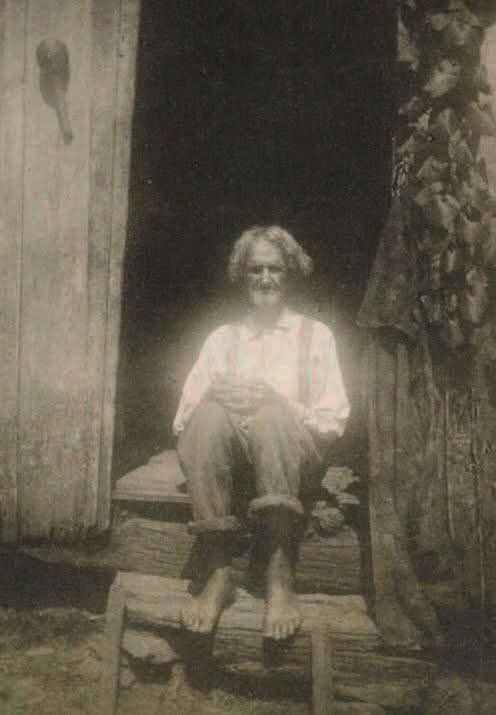
[ Post a Response | LIFESTYLE 2013 ]



In 1903, in Hindman, Kentucky, an 80-year-old man sits in the doorway of his simple, primitive cabin home. He shares a striking claim: he has never owned a hat or a pair of shoes in his entire life. This statement speaks to the deep simplicity and resilience of his existence, likely shaped by a lifetime of rural living where survival depended less on material possessions and more on resourcefulness and adaptability.
The manís story highlights the stark reality of life in the Appalachian region during the early 20th century. Living in such modest conditions, his experience reflects the hardships faced by many people in rural America during that time. The cabin, likely small and basic, is a physical representation of the limited means and isolation that often characterized life in this part of the country. The manís appearance, sitting barefoot in the doorway, underscores his connection to the land and the minimalistic nature of his lifestyle.
This photograph, preserved by the Harvard Art Museums/Fogg Museum, offers a glimpse into a different kind of American lifeóone far removed from the urbanization and industrialization of the time. Through this image, we are reminded of the diversity of human experience, showing that wealth and comfort were not universally shared during this period in history. The manís claim serves as a powerful testament to the quiet resilience of those who lived without the luxuries that many took for granted, instead finding meaning in their day-to-day existence.




Message Thread
![]()
« Back to index